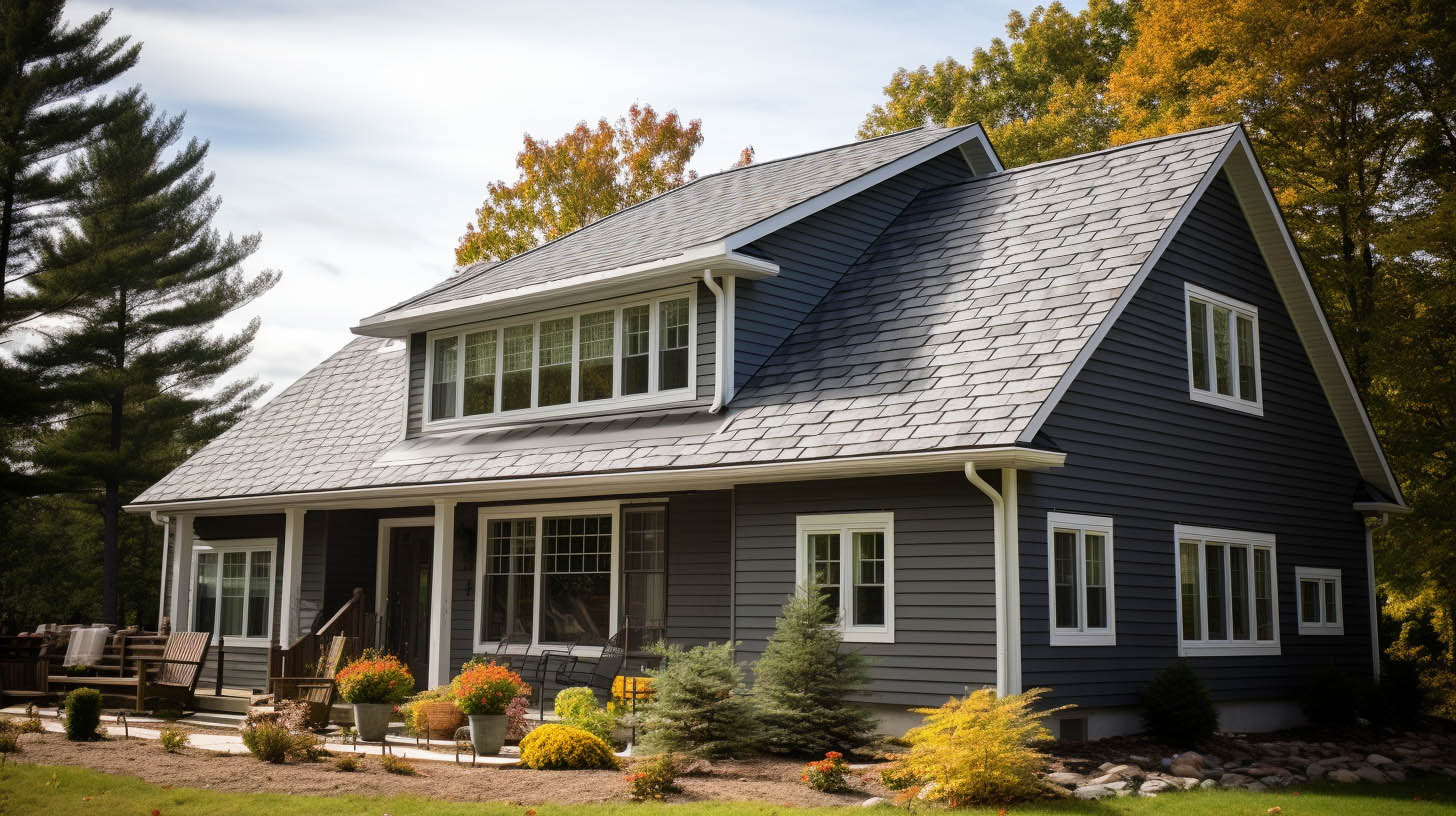
Determining the Age of Your Roof
Introduction to Roof Age Assessment
Understanding the age of your roof is crucial for maintaining the integrity and safety of your home. A well-maintained roof is essential for protecting your property from environmental elements. However, determining the exact age of your roof can be challenging, especially if you lack documentation or are new to the property. This guide provides detailed methods to help you accurately estimate the age of your roof and make informed decisions about maintenance or replacement.
Consult Previous Homeowners or Estate Records
One of the simplest ways to find out the age of your roof is by contacting the previous homeowners. They might have records or recollections of when the roof was last replaced or repaired. If direct contact isn’t possible, check any available estate documents or home inspection reports that might contain this information.
Neighborhood Comparisons: A Clue to Roof Age
Your home’s construction date often aligns with other houses in your neighborhood. If your neighbors are undergoing roof replacements, it could indicate that your roof is reaching a similar age and may require attention. Observing neighborhood roofing trends provides valuable insights into the potential age and condition of your own roof.
Building Permits: A Documented History
In many areas, roof installations or major repairs require a building permit. These permits are recorded and can be obtained from your local government offices. They provide a precise date of roof installation or significant repairs, offering a clear indication of your roof’s age.
Professional Roof Inspection: An Expert Evaluation
A professional roof inspection is a reliable method to assess the age and condition of your roof. Experienced inspectors can identify signs of aging, such as damaged shingles, rusted flashings, or exposed nails. They evaluate these indicators to estimate the roof’s age and recommend necessary actions.
Identifying Signs of an Aging Roof
Damaged or Warped Shingles
Shingles are the first line of defense for your roof. Over time, they can become curled, buckled, or cracked. These conditions often indicate an aging roof, especially in asphalt shingle roofs that typically last 12-15 years. However, other factors like attic heat can also cause similar damage.
Rusted Flashings
Flashings are crucial for directing water away from critical areas of the roof. Corrosion or rust on these metal components can signal an older roof. Rusted flashings compromise the roof’s ability to protect against water infiltration and are a clear sign of wear.
Exposed and Damaged Nails
Nails securing roofing materials can become exposed and rusted over time. This usually occurs when the roof is aging, and shingles start to deteriorate, revealing the nails underneath. Rusty nails are not only a sign of an aging roof but also a potential leak hazard.
Fungal Growth
The presence of moss, algae, or other fungi on your roof is a sign of prolonged moisture exposure. This often occurs in older roofs where maintenance has been neglected. Fungal growth can lead to further moisture damage and is a strong indicator that your roof may need attention.
Contacting the Original Roofing Company
If other methods fail, reaching out to the roofing company that initially installed or last worked on your roof can be beneficial. They may have records of the installation date, providing you with an exact age of your roof.
Conclusion
Understanding the age of your roof is essential for proper maintenance and timely replacement. By utilizing these methods, homeowners can gain a clear picture of their roof’s condition and age. For residents in Columbus, OH, MaxForce Roofing and Siding LLC offers expert services in roof inspection, maintenance, and replacement, ensuring your roof remains in optimal condition for years to come.

